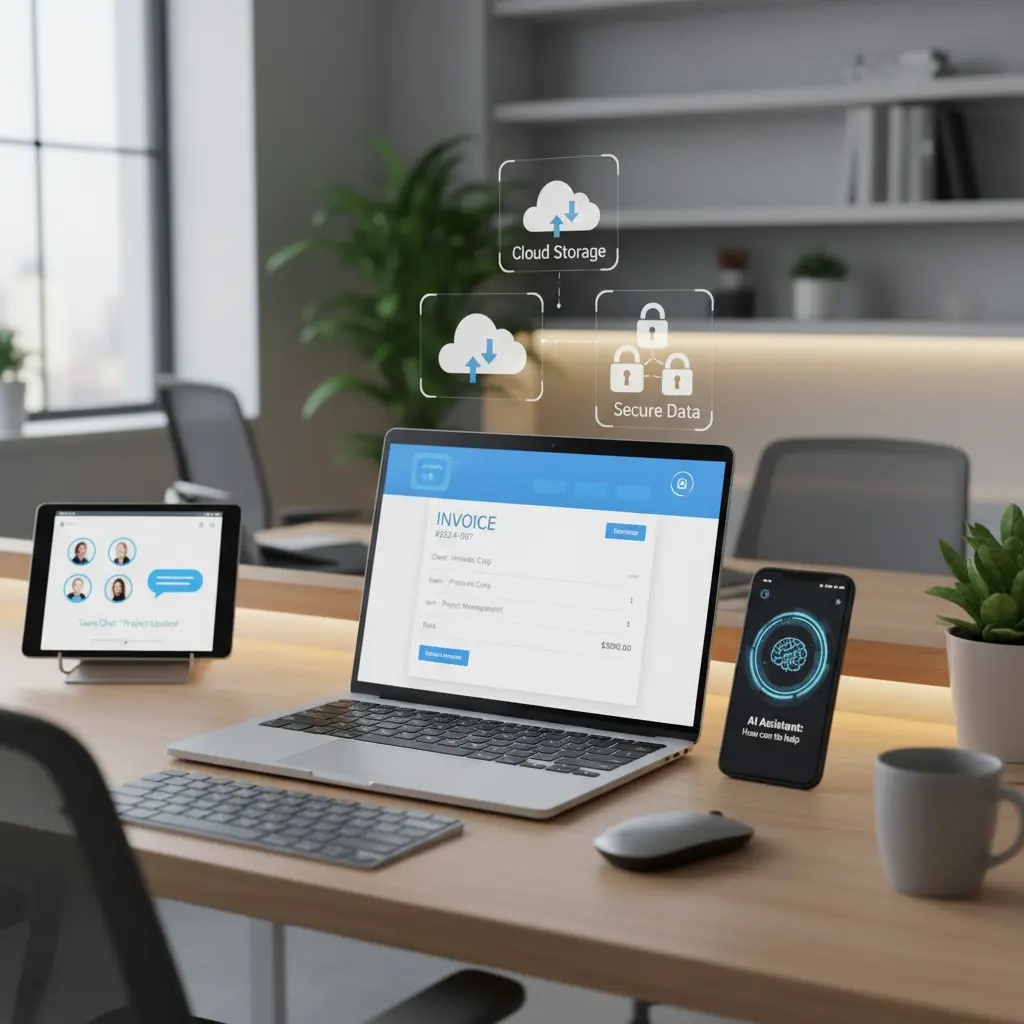What is System Information Management (SIM)?
A management system which collects, monitors and analyses data from any source of security is collectively known as System Information Management (SIM). SIMs are basically tools that can be availed to ensure a safe working environment within an organization by following a few practices.
Security Information Management is our core service offering at Core Technologies Services, Inc. and we recommend the following guideline to businesses to get the maximum ROI from their Security Information Management investment:
- Always choose a SIM that is capable of gathering information, analyzing and reporting, logging vulnerabilities and finally reconfiguration of data to manage and prevent future threats that are generic or specific in nature.
- Identify the critical devices that require logging of events to ensure the usage and type of data being processed.
- Always incorporate a customized SIM service compatible with your requirements and more aligned to solving problems that you encounter on a daily basis.
- Interoperability between various interfaces and departments, scaling to an upgraded version, scanning measures, threat/event log management, active response capabilities, etc. are a few desirable features of a reliable Security Information Management system.
- The collaboration of operation and security is another factor that a SIM must be equipped with. It helps to configure business requirements and business policies into one and assess risks of ongoing issues with a response parameter in place.
- Another desirable feature is event aggregation and features that co-relate automation of collecting and analyzing data from the server, devices or a network system from a report that can be studied for the type of threats that are likely to be encountered.
- Choose SIM suites that include multiple applications for different event-management and threat issues and will help with data storage and archiving of logs over specific periods for multiple devices.
- Another practice that can help is by incorporating an intrusion-detection program in the Security Information Management to detect malware, viruses or any suspicious data material that may potentially prove to be harmful to your system.
Our effort at CoreIT gear towards providing a stand-alone system that provides a SIM facility comprising of the above features enrolled in one single unit at affordable prices. Partner with us to grow your business with the best system and gain a competitive edge in the market.
Get your FREE Cybersecurity Posture Assessment scheduled now!



